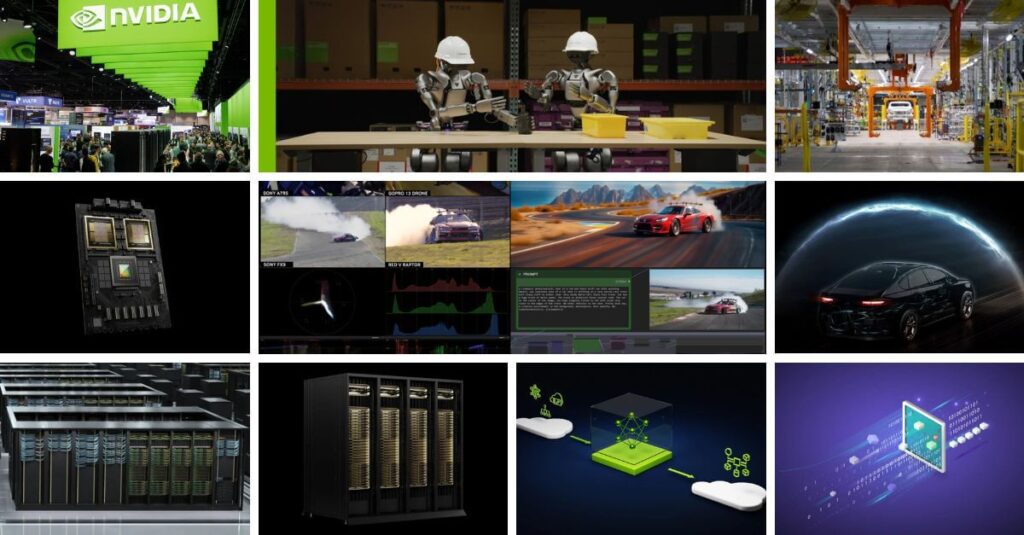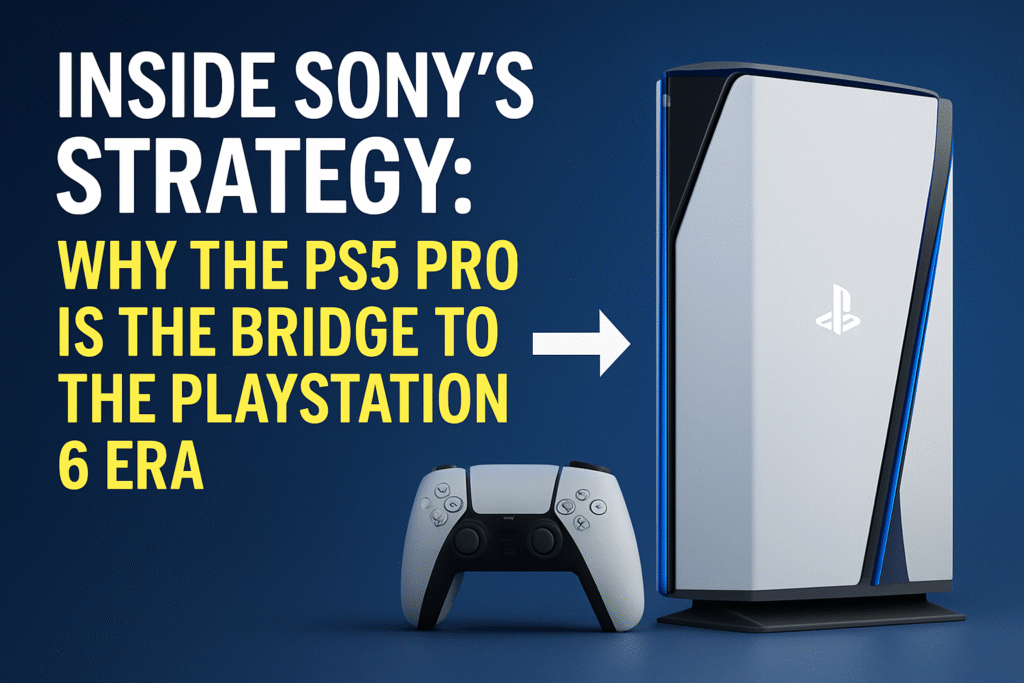
The Future of AI Hardware: NVIDIA Drive AGX, Project Dynamo & Reasoning Chips
As artificial intelligence advances rapidly across industries—from autonomous vehicles to smart factories—specialized AI hardware is becoming the engine behind this transformation. In this article, we’ll explore how NVIDIA Drive AGX works, what Project Dynamo brings to AI deployment, and the emerging role of reasoning chips that promise to unlock the next generation of intelligent machines.
What is NVIDIA Drive AGX and How Does It Work?
NVIDIA Drive AGX is a scalable AI compute platform specifically designed to power autonomous vehicles, from advanced driver-assistance systems (ADAS) to full self-driving capabilities. Built on NVIDIA’s Orin SoC (System-on-Chip) architecture, Drive AGX delivers up to 254 TOPS (trillions of operations per second), enabling real-time perception, sensor fusion, localization, and decision-making.
Key Features of NVIDIA Drive AGX:
- Centralized architecture: Consolidates multiple ECUs into a single platform for efficiency and reliability.
- Deep neural network acceleration: Optimized for training and inferencing tasks simultaneously.
- Real-time sensor processing: Supports inputs from radar, LiDAR, cameras, and ultrasonic sensors.
- Safety and redundancy: Built with ASIL-D functionality for safety-critical automotive applications.
In essence, Drive AGX acts as the “brain” of autonomous vehicles, turning vast sensor data into split-second driving decisions with high precision and safety compliance.
What is Project Dynamo and Why Does It Matter for AI Deployment?
Project Dynamo, introduced by NVIDIA, is a new approach to streamlining AI deployment across edge and data center environments. Rather than relying on static model pipelines, Dynamo brings dynamic, runtime-optimized AI inference powered by real-time conditions and feedback loops.
What Makes Dynamo Different?
- Model Adaptation: Dynamically chooses and adapts AI models during execution based on context (e.g., lighting, location, user behavior).
- Reduced Latency: Improves inference speeds by running only the necessary operations at the edge.
- Efficient Deployment: Allows for flexible scaling, enabling AI applications to seamlessly transition from cloud training to edge inference.
Project Dynamo is particularly valuable in automated factories, smart surveillance, and robotics, where conditions vary constantly and decision-making must be rapid, accurate, and resource-efficient.
The Future of Reasoning Chips: Beyond Neural Networks
While GPUs and TPUs have revolutionized pattern recognition via deep learning, the next frontier is reasoning—the ability for machines to perform logical, symbolic thinking similar to human problem-solving.
Reasoning chips, currently in R&D by companies like NVIDIA and IBM, aim to combine:
- Symbolic reasoning
- Probabilistic modeling
- Knowledge graphs
- Neural network integration
These chips are being designed to tackle tasks that require:
- Multi-step inference (e.g., legal or medical diagnosis)
- Causal understanding (not just correlation)
- Explainable AI (auditable, transparent decision processes)
With reasoning chips, AI won’t just recognize patterns—it will understand and explain them, opening the door to true general intelligence across industries like finance, health, and robotics.
Conclusion: A New Era of AI Intelligence
Together, NVIDIA Drive AGX, Project Dynamo, and emerging reasoning chips represent a monumental leap in AI capability—from perception to judgment. Drive AGX powers the next generation of autonomous mobility; Dynamo ensures adaptable, efficient AI deployment; and reasoning chips promise machines that can think more like us.
As these technologies converge, expect smarter cars, more agile robots, and AI that’s not just reactive—but reflective.





